Fact: visiting museums isn’t just for the history buffs. It’s a different take on a day out, filled with insight, intrigue and intelligence too! There’s lots of benefits of a day at the museum: your knowledge and awareness grow, they prosper development and change, they’re inspiring to creatives, and they provide an effective way of learning for people of all ages. Today’s post is all about Dublin’s historical hot spots, and 5 museums to explore right on your doorstep in Dublin 8.
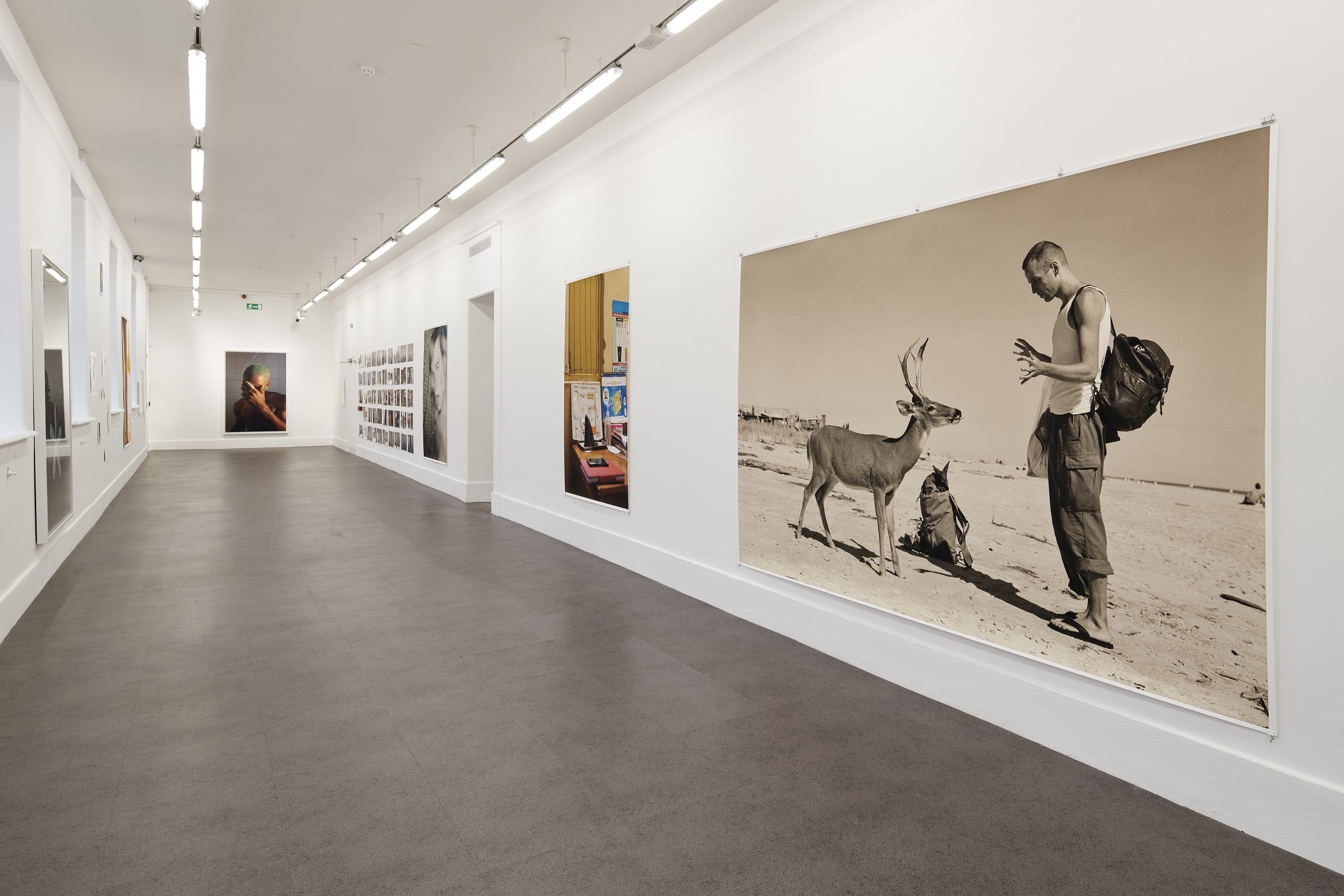
IMMA
Check It OutAlso known as the Irish Museum of Modern Art, IMMA encapsulates the works of both Irish and international artists through exhibitions, projects and commissions. It’s also home to the National Collection of Modern and Contemporary Art, which features over 3,500 artworks grown over the last 30 years. Their aim is to connect visitors with the artwork presented to them, linking contemporary life with contemporary art. Their collection focuses on works produced post-1940 for the most part, and one of the most well-known pieces that IMMA is home to is Lucian Freud’s Reflection, who is named as one of the twentieth century’s greatest realist painters. A hidden gem at Royal Hospital Kilmainham, it’s more than easy to get to: simply hop on the Luas Red Line to its self-named stop – Museum. It’s a magical, artistic afternoon in the making!
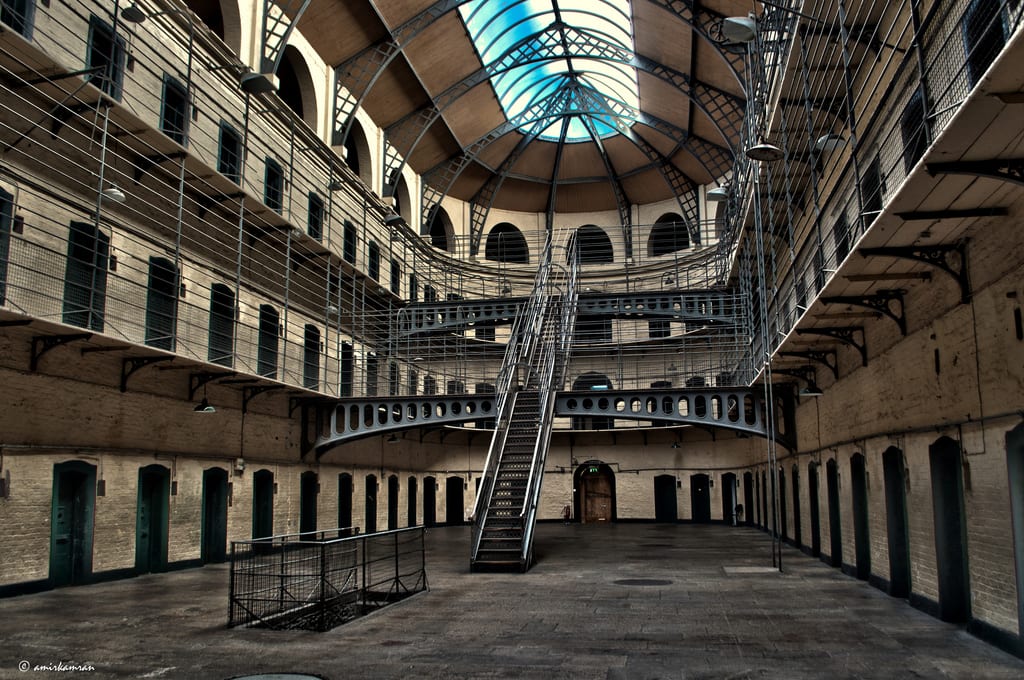
Kilmainham Gaol
Check It OutKilmainham Gaol opened its doors in 1796 to become Dublin’s new county gaol. A major part of Irish history, its presence highlights a number of important events on Ireland’s timeline: the Anglo-Irish War, the Irish Civil War and numerous rebellions to name a few. The gaol provides guided tours to its visitors, on which you’ll explore some of its most prominent parts: the Chapel and the West (where leaders of the Easter Rising were held) and East wings. Members of the Fenian movement were held here, and it became a film location for several important movies and projects: Michael Collins, In the Name of the Father and RTE’s Rebellion. Let’s not forget the most famous area of all: the Stonebreaker’s Yard, where hard labour was carried out by inmates. Important to note: Kilmainham Gaol is one of Dublin’s hot spots for tourists and it’s recommended to book tickets ahead of time. Perk: you can book ‘em 60 days in advance.
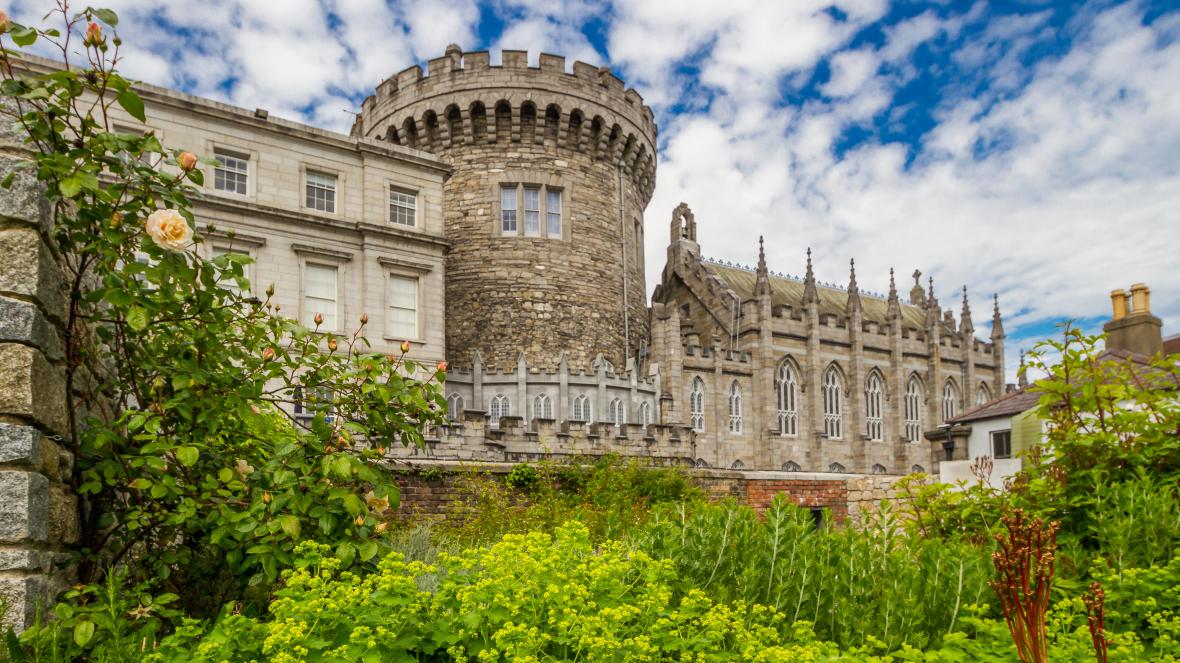
Dublin Castle
Check It OutOriginally a 12th century Norman fort, the modern-day Dublin Castle has developed into so much more: a conference centre, a major Irish government establishment and one of Dublin’s hottest tourist attractions. Originally built by King John, Dublin Castle is a major symbol of English rule in Ireland until 1922, when Michael Collins took hold of the reigns as leader of Ireland’s provisional government. A tour of the gardens will take you through these crucial moments in history, as well as highlighting some of the castle’s most prominent features, including the excavation site of Viking and Medieval Dublin, the castle gardens, the Gothic Chapel Royal and the former vice regal state apartments. Take in a slice of home history that’s right on your doorstep, a visit to Dublin Castle is not one to miss!
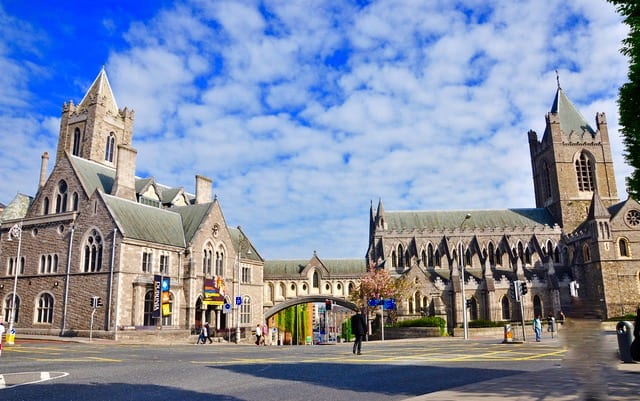
Dublinia
Check It OutConveniently located in the heart of the city next to Christ Church Cathedral, a historical recreation of Viking times is summed up in one word: Dublinia. Known across the city as Dublin’s best Viking and Medieval museum, it’s split into three parts: coming face to face with Viking roots and how the warriors lived, learning about crime, warfare and death in medieval Dublin, and gaining a new perspective of the city through a medieval view. Filled to the brim with intriguing insight and tales of times past, Dublinia is an excellent source of information and education for kids and adults alike. For an exciting exploration of Dublin’s Viking past and an absolute paradise for history junkies, this is a fantastic way to spend an afternoon! What say you, history buffs?
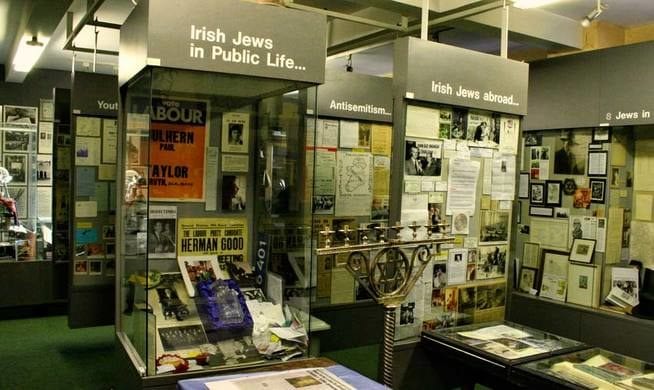
Irish Jewish Museum
Check It OutHome to numerous personal artefacts and stories alike, The Irish Jewish Museum narrates tales through time of the Jewish community’s history and migration in Ireland. Located in a former synagogue in Portobello, the Irish Jewish Museum presents 150 years of Jewish activity in Ireland. Opened in 1985 by Chaim Herzog, the Irish-born president of Israel, the museum also displays memorabilia from their family life. Highlighting their rich heritage and hardships, their history is summed up with newspaper clippings, photographs and magazines throughout the museum. A hidden gem and quieter spot in comparison to other museums, it’s well worth a visit to dive into the 19th century life of Jews in Ireland.

